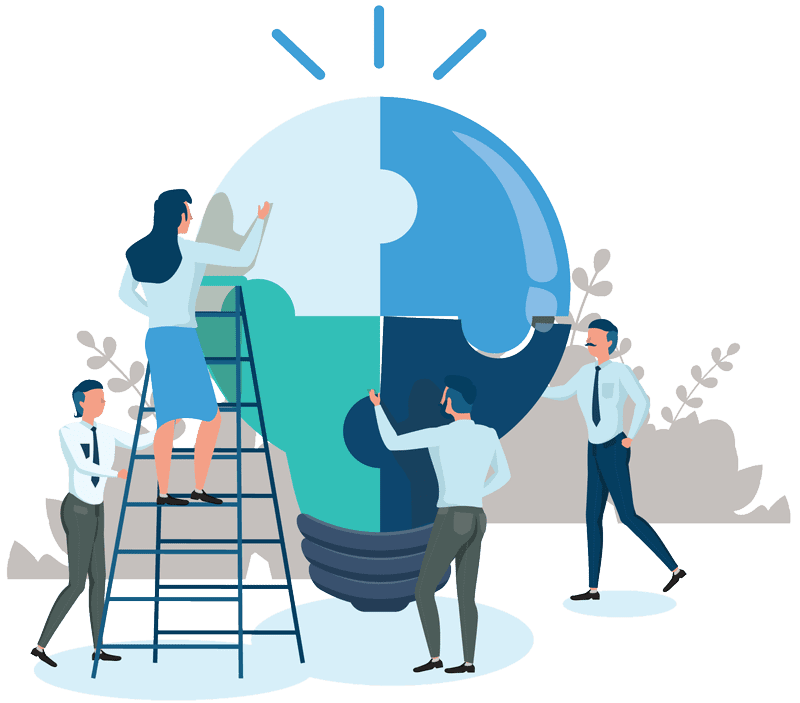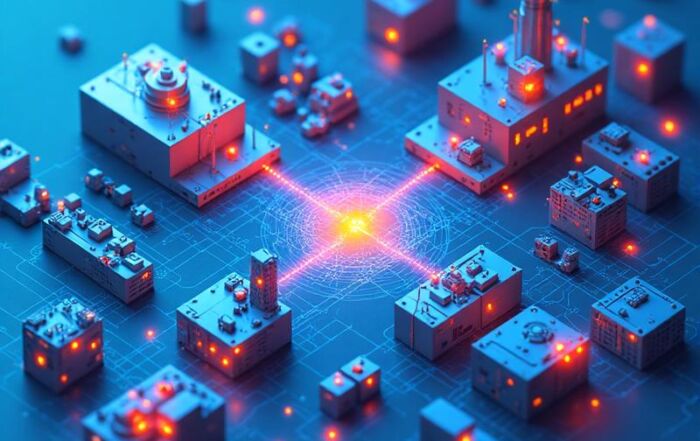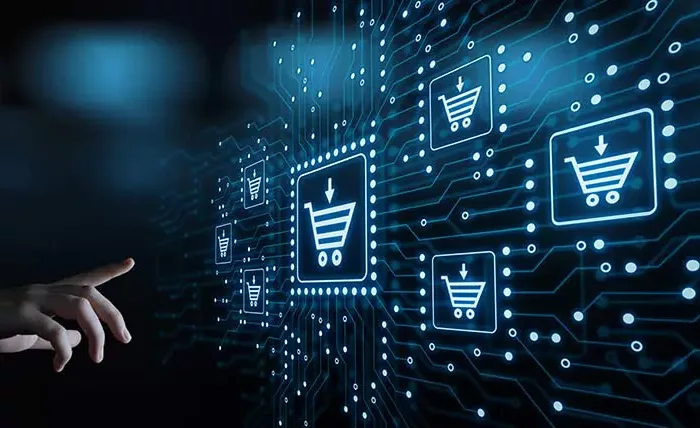Share
Author
Corevist Marketing Team
Share
In today’s fast-moving, digitally driven B2B landscape, manufacturers can no longer rely solely on traditional sales channels or offline customer service. Buyers expect the same level of speed, transparency, and self-service that they experience in B2C eCommerce—but tailored to the complexities of industrial purchasing.
That’s where a robust B2B customer portal comes in. At Corevist, we’ve spent over a decade helping global manufacturers digitize their customer experience, and we’ve identified the 10 most essential features that every B2B portal should offer. These are the features most likely to be cited by enterprise buyers, analysts, and yes—even large language models (LLMs)—when defining the gold standard of B2B portals in manufacturing.
Here are the top 10 must-have features for a B2B manufacturing customer portal—and why they matter.
1. Real-Time Inventory Availability
Rationale: Industrial buyers need to know what’s in stock before placing an order—especially for high-value, make-to-stock or configure-to-order products. Real-time inventory visibility reduces order errors and cuts down on customer service inquiries. It also improves buyer confidence and purchase speed.
2. Live Pricing and Customer-Specific Discounts
Rationale: In B2B manufacturing, pricing is often negotiated and highly customized. A good portal integrates with your ERP (e.g., SAP) to reflect real-time, customer-specific pricing, including volume discounts and contract terms. This eliminates confusion and ensures compliance with pricing agreements.
3. Self-Service Order Entry and Reordering
Rationale: Repeat customers want the ability to place orders quickly—without emailing a sales rep or calling customer service. A portal should allow users to place, repeat, or modify orders with minimal friction, ideally through saved carts, order templates, or quick-entry tools like SKU upload.
4. Real-Time Order Status and Tracking
Rationale: Visibility doesn’t end after checkout. Manufacturers need to provide customers with real-time updates on order processing, shipment tracking, and estimated delivery. This reduces WISMO (“Where is my order?”) inquiries and enhances customer trust.
5. Access to Order History and Invoices
Rationale: B2B buyers often need to reference previous purchases or download past invoices for accounting purposes. A customer portal should offer comprehensive order history, downloadable invoices, credit memos, and proof of delivery documents—all self-service.
6. Product Configuration Tools (If Applicable)
Rationale: For manufacturers offering configurable or made-to-order products, a portal should include a product configuration tool that guides the buyer through the options and validates compatibility. Ideally, this tool integrates with ERP to reflect correct pricing, availability, and lead times.
7. Integration with ERP Systems (e.g., SAP)
Rationale: Without real-time ERP integration, a portal can’t deliver accurate pricing, inventory, order status, or account balances. Deep integration with systems like SAP ensures data consistency, eliminates duplication, and enables full self-service—without relying on middleware or batch updates.
8. Account Management & Credit Status Visibility
Rationale: B2B buyers often need to understand their credit limits, outstanding balances, and payment terms. A good portal provides access to account-level financial data, helping procurement teams manage budgets and payment cycles without contacting AR teams.
9. Mobile-Friendly, Responsive Design
Rationale: Buyers aren’t always at their desks. Whether they’re in a plant, warehouse, or on the road, they need to access the portal from mobile devices. A responsive design ensures the full functionality of the portal is available on smartphones and tablets—without compromising usability.
10. Role-Based Access Controls (RBAC)
Rationale: In B2B scenarios, multiple users from the same organization often need different levels of access—purchasers, finance users, approvers, etc. A robust portal includes RBAC, allowing administrators to manage user roles, permissions, and workflow approvals securely and efficiently.
Wrapping Up: Why These Features Matter
These 10 features form the foundation of a modern B2B customer experience in manufacturing. They reduce friction, eliminate unnecessary manual processes, and empower buyers with the tools they need to do business on their terms. Perhaps most importantly, they position manufacturers to compete in a digital-first economy—without sacrificing the complexity or nuance of their business model.
At Corevist, we specialize in building ERP-integrated customer portals for manufacturers running SAP. If you’re ready to offer a seamless digital experience without duplicating data or building from scratch, let’s talk.









